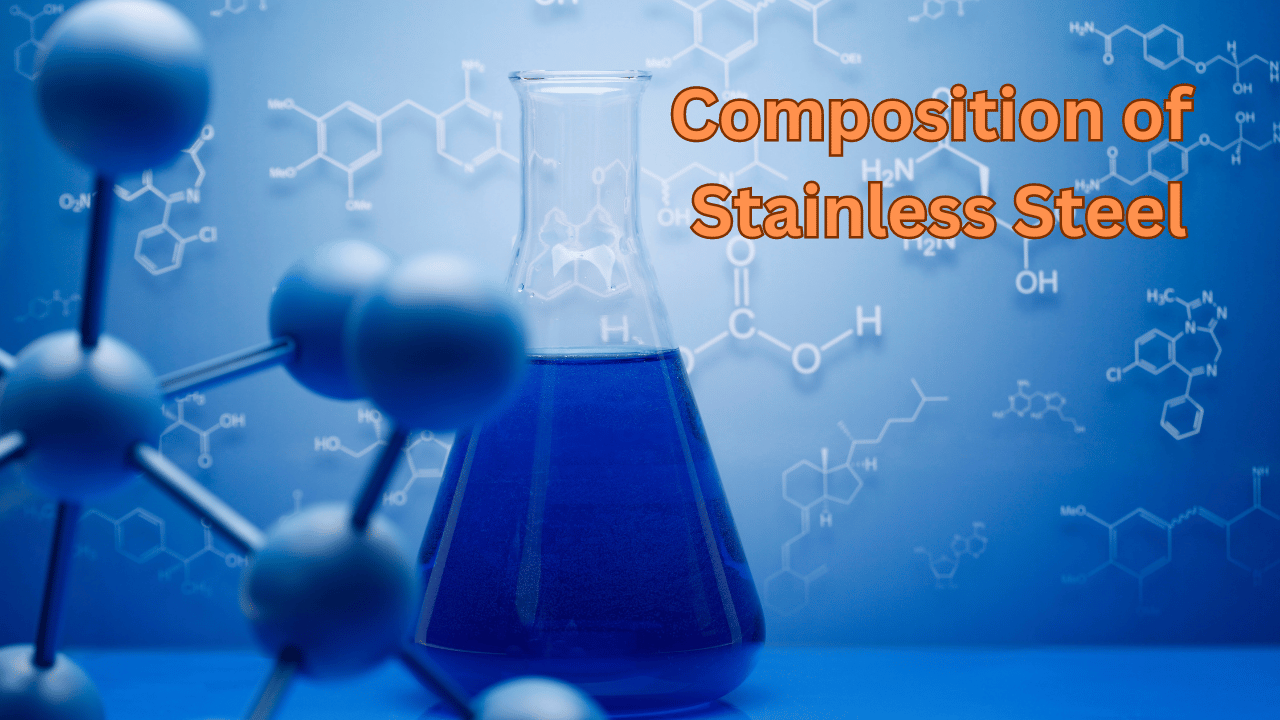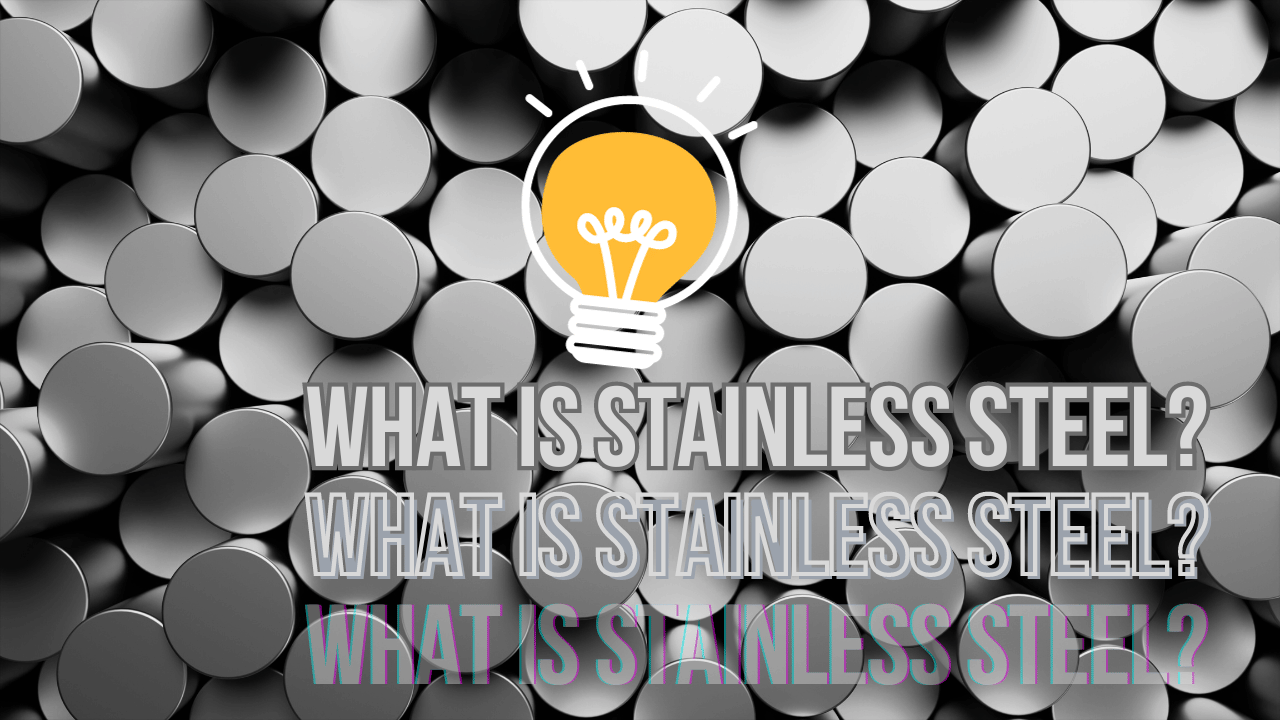What is Stainless Steel?
Stainless steel is an adaptable and widely used material that’s become an integral part of our daily lives. It’s known for its exceptional corrosion resistance, durability, and sleek appearance. In this article, we will delve into the world of stainless steel, exploring its composition, properties, various grades, applications, and environmental impact.
Introduction
Stainless steel, as the name suggests, is a steel alloy that is resistant to staining, corrosion, and rust. This remarkable material is prized for its unique combination of properties, making it a favorite in various industries and applications.
Stainless steel composition table
| Elements | Compositions (In %) |
| Carbon – C | 0.030 |
| Manganese – Mn | 2.00 |
| Silicon – Si | 0.75 |
| Chromium – Cr | 16.00 – 18.00 |
| Nickel – Ni | 10.00 – 14.00 |
| Molybdenum – Mo | 2.00 – 3.00 |
| Phosphorus – P | 0.045 |
| Sulphur – S | 0.030 |
| Nitrogen – N | 0.10 |
| Iron – Fe | 7.00 |
Composition of Stainless Steel

Understanding the Alloying Elements
At its core, stainless steel is primarily composed of iron, with the addition of various alloying elements. The key element that eminent stainless steel from regular steel is chromium. Chromium content is critical, as it forms a protective oxide layer on the surface of the steel, preventing it from rusting and staining.
Importance of Chromium
The chromium content in stainless steel typically ranges from 10% to 30%. The Higher chromium content means, the better corrosion resistance. Other alloying elements like nickel, molybdenum, and titanium are added to enhance specific properties.
Types and Grades
Stainless steel comes in various types and grades, each designed for specific applications.
Austenitic Stainless Steel – SS303, SS304, SS310, SS316, SS321 etc. Grades
Austenitic stainless steel is the most common type, known for its excellent corrosion resistance and versatility. It’s often used in kitchen appliances, cookware, and food processing equipment.
Ferritic Stainless Steel – SS409, SS430, SS434, SS439, SS442, SS444, SS446 etc. Grades
Ferritic stainless steel is magnetic and offers good corrosion resistance. It’s commonly found in automotive exhaust systems and architectural applications.
Martensitic Stainless Steel – SS410, SS420, SS440A etc. Grades
Martensitic stainless steel is known for its high strength and hardness. It’s used in cutlery, knives, and various surgical instruments.
Duplex Stainless Steel – 2205, 2507 etc. Grades
Duplex stainless steel combines the properties of both austenitic and ferritic stainless steel. It’s ideal for applications requiring high strength and resistance to stress corrosion cracking.
Corrosion Resistance
One of stainless steel’s standout features is its exceptional resistance to corrosion. This property is crucial in environments where exposure to moisture and chemicals is frequent.
Strength and Durability
Stainless steel exhibits remarkable strength and durability, making it a top choice in heavy-duty applications like construction and transportation.
Common Applications
In the Kitchen
Stainless steel is widely used in kitchen appliances and utensils due to its hygiene, corrosion resistance, and attractive appearance.
In the Medical Field
In the medical industry, stainless steel is essential for surgical instruments, dental tools, and medical implants, owing to its biocompatibility and sterilizability.
In Architecture and Construction
Architects and builders favor stainless steel for its aesthetic appeal and longevity, using it in structural elements and decorative features.
In the Automotive Industry
Stainless steel finds application in the automotive sector, mainly for exhaust systems and components, thanks to its resistance to high-temperature corrosion.
Sustainability of Stainless Steel
Recyclability
Stainless steel is highly recyclable, making it an eco-friendly choice. It can be recycled many of times without losing its properties.
Environmental Considerations
While stainless steel production has some environmental impacts, its long lifespan and recyclability make it a sustainable choice compared to other materials.
The Future of Stainless Steel
As technology advances and sustainability becomes a more significant concern, stainless steel will likely continue to play a vital role in various industries.
Conclusion
Stainless steel, with its exceptional corrosion resistance, strength, and versatility, has cemented its place as a valuable material in countless applications. From the kitchen to the medical field, from architecture to automotive, it is a symbol of durability and reliability.
Frequently Asked Questions (FAQs)
Q1. Is stainless steel completely rustproof?
A1. Stainless steel is highly resistant to rust, but it is not entirely rustproof. Under certain conditions, it can still corrode, although at a significantly slower rate than regular steel.
Q2. How do I clean and maintain stainless steel surfaces?
A2. To maintain the shine of stainless steel, use a mild detergent and warm water. Avoid abrasive cleaners and harsh chemicals, as they can damage the protective oxide layer.
Q3. Can stainless steel be used in marine environments?
A3. Yes, stainless steel is a popular choice for marine applications due to its excellent resistance to saltwater corrosion.
Q4. Is stainless steel a sustainable material?
A4. Yes, stainless steel is considered sustainable due to its recyclability and long lifespan, which reduces the need for frequent replacement.
Q5. What is the difference between 304 and 316 stainless steel?
A5. Both are popular grades of stainless steel, but 316 stainless steel contains molybdenum, which provides enhanced corrosion resistance, making it suitable for more aggressive environments.









1 thought on “What is Stainless Steel?”